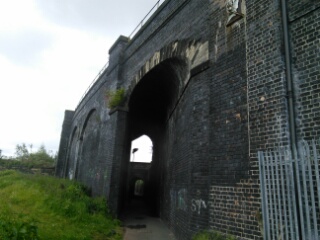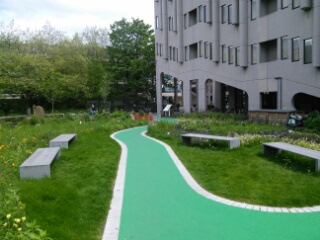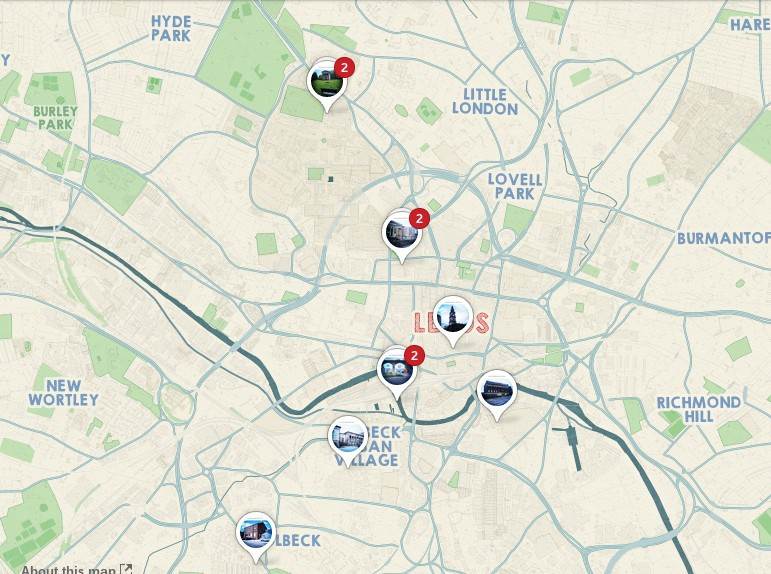
I walked through Leeds city centre earlier today.
On Park Row a man in a suit carrying an umbrella the size of a conservatory trudged along, head down, oblivious that he was forcing his fellow pedestrians to duck or dart into oncoming traffic to avoid a collision.
Beside a bus stop on the Headrow a young girl, probably not waiting for public transport, had stopped in the middle of the pavement, beaming into the screen of her smart phone as shoppers squeezed passed tutting their frustration.
On Woodhouse Lane a group of jostling students were kicking a discarded coffee cup into a doorway pretending to score against Brazil.
Along Commercial Street shop workers, in search of a quick sandwich or slice of pizza, avoided the theatrics of chuggers by focussing their gaze at an imaginary spot six paces ahead, knee height.
And me? I was late for a meeting, cursing the fact I’d forgotten a coat, muttering about the imbeciles getting in my way and inwardly composing a stiff letter to the Editor of The Yorkshire Post complaining about the ridiculously short crossing times over many of Leeds’ busiest streets.
Harrumph!
I’d switched on my Urban Autopilot.
As sociologist Dr Esmée Hanna puts it:
Urban Autopilot is a great way to describe our behaviour in cities: all too often it’s about hurrying from one place to another rather than taking time to live in the present. As a result, we don’t always register the richness and diversity of our surroundings as we pass them by. When we go away we have our eyes and ears open to soak up the sights and sounds of the city we visit, if we did a bit more of this at home we would be amazed at how many inspiring and undiscovered places are waiting for us to experience.
According to research conducted by American Express, when we are out and about in the cities where we live and work, seven out of ten of us are looking down, distracted by smart phones and tablets. More than half of us (54%) are focussed on getting from A to B as quickly as possible and 43% are busy thinking about personal to-do lists or wondering what to buy next (41%) – probably more than that in Leeds. Just one in five takes the time to look around them, and only one in ten finds any inspiration in their environment.
This is in stark contrast to behaviour abroad. When we visit a foreign city we are three times more likely to research new places and explore, compared to just 16% who bother at home.
‘Urban Autopilot’ is changing the way people relate to urban spaces 43% saying they feel disconnected and uninspired and a similar number (44%) acknowledging that they are missing out on what their cities have to offer. In fact, as many as 82%3 of us admit to exploring less than half of our local city. It’s a huge shame.
With this in mind, American Express has teamed up with influential bloggers (that would be me!) and their communities (that would be you reading this – put the laptop away, go out and explore) to create maps of inspiring spaces to visit in Leeds, London, Glasgow and Manchester this summer. The hidden havens and hideaways in Leeds can be found at www.pinterest.co.uk/amexuk, and range from the edible eco garden in the University – the perfect spot for a quiet lunch – to the Dark Arches and beyond into the industrial heritage of Holbeck.


But this is only my choice and it’s only a beginning. Where in Leeds turns off your Urban Autopilot and makes you stop and appreciate your surroundings a bit more? Lets put a bit more of the city on the map.
PS, We have to beat Manchester. It’s a civic duty.
